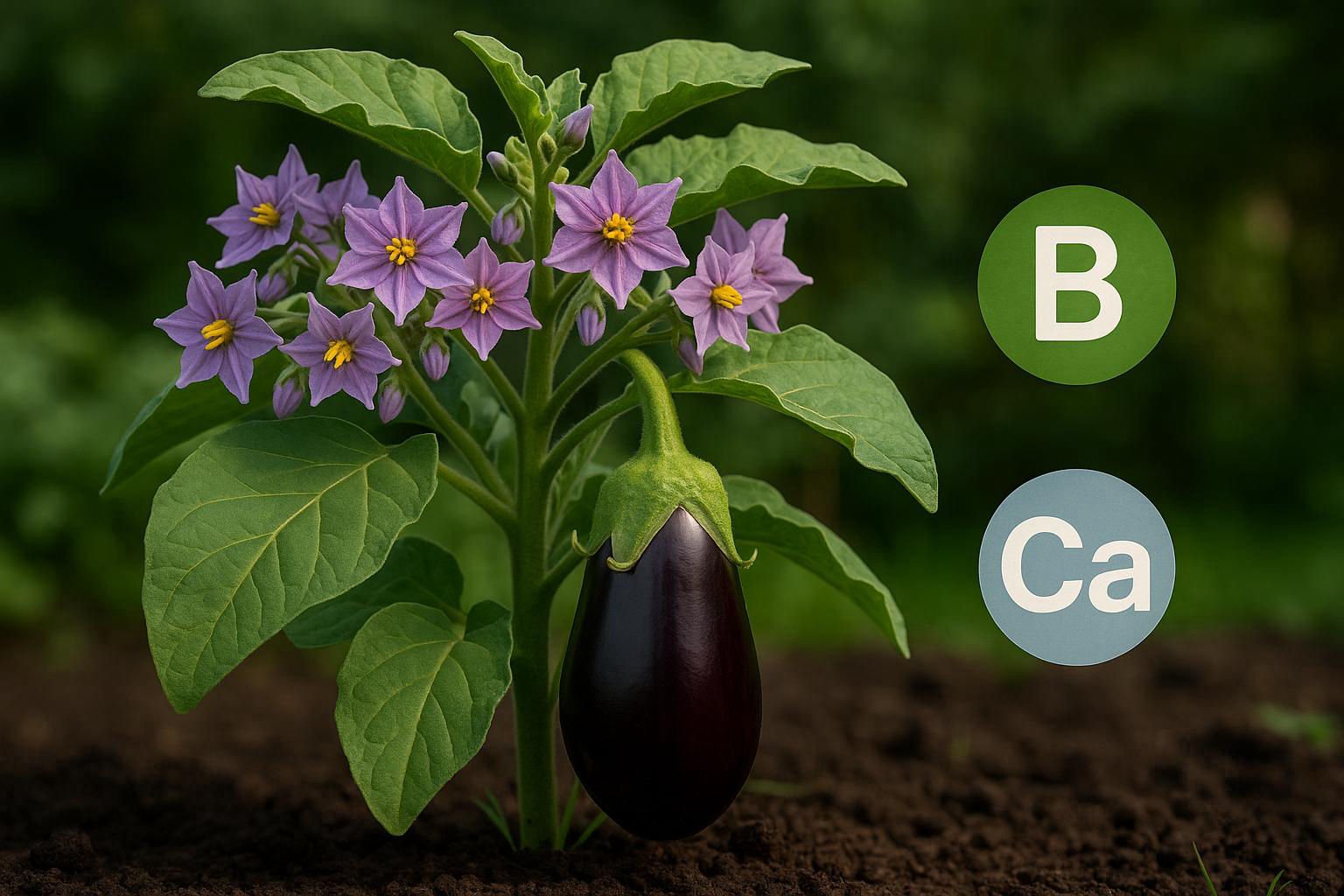Relationship Between Boron and Calcium in Plants
-
Cell Wall Formation
-
Calcium is a key component of plant cell walls, forming calcium pectate, which provides structure.
-
Boron is essential for cross-linking pectic polysaccharides, which stabilizes the calcium-pectate matrix.
-
Without boron, calcium cannot be properly incorporated into the cell wall, making plant tissues weak and prone to cracking.
-
-
Synergistic Uptake
-
Adequate boron improves calcium uptake and transport in plants.
-
Both calcium and boron are immobile in the phloem, meaning they need to be continuously supplied through the roots to growing parts like fruits and young leaves.
-
-
Impact on Fruit and Root Development
-
A deficiency in boron can lead to calcium-related disorders, such as blossom-end rot in tomatoes, tip burn in lettuce, or fruit cracking in pomegranates, even if calcium levels are sufficient.
-
Boron is needed to "unlock" calcium's benefits at the cellular level, making it crucial for proper fruit and root development.
-
-
Enzyme Activation and Membrane Function
-
Boron helps regulate calcium-dependent enzymes and stabilizes plant membranes.
-
In the absence of boron, calcium's cellular functions are impaired, even when calcium is present in adequate amounts.
-
Practical Application for Farming
-
Ensure that both boron and calcium are balanced and available, especially during critical growth stages such as:
-
Early vegetative growth
-
Flowering
-
Fruit and seed development
-
-
Foliar applications of calcium and boron together are often more effective in correcting localized deficiencies in fruiting crops.
